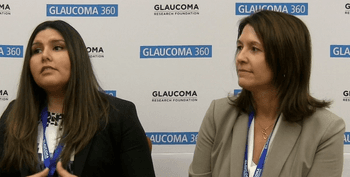
Interventional Glaucoma
Latest News
CME Content

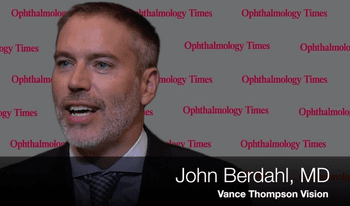
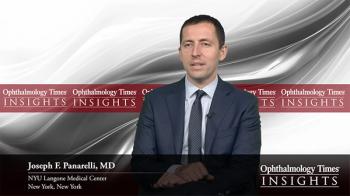
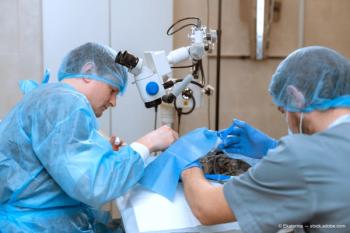
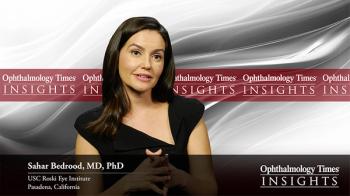
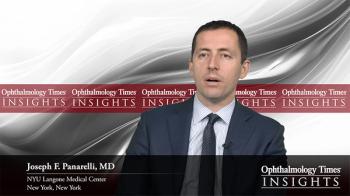
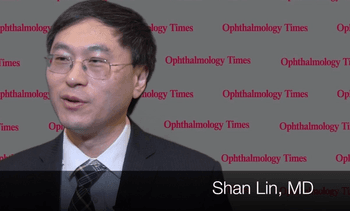

At Glaucoma 360 in San Francisco, Terri Pickering, MD, tolds attendees that artificial intelligence is a hot topic, with room to expand in the future.

At Glaucoma 360 in San Francisco, Terri-Diann Pickering, MD, told attendees that artificial intelligence is a hot topic, with room to expand in the future.
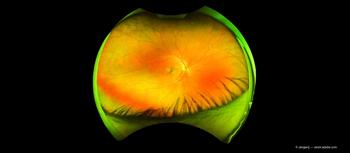
During the Glaucoma 360 annual meeting, Dale K. Heuer, MD, delivered the Shaffer-Hetherington-Hoskins Lecture Keynote address, titled “Risk Factors for Glaucoma Progression.”

Delivering the Drs. Henry and Frederick Sutro Memorial Lecture, David W. Parke II, MD, CEO of the American Academy of Ophthalmology, points out that patients and physicians can benefit from innovations in treatment. However, health policy and economics often can stand in the way of innovation.
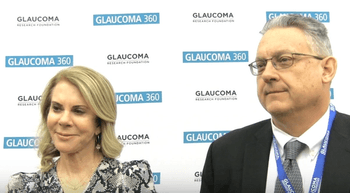

At Glaucoma 360, Diopter Corp. CEO Chris Adams discussed a contact lens device that has been found effective for treating glaucoma because it was engineered with vitamin E nano-barriers to extend drug release.

The Charity event kicks off the three-day program, focusing on melding medicine, industry, research, and philanthropy.

Glaucoma 360 will kick off Thursday in San Francisco. The progam includes speakers and panelists from more than 60 companies and institutions.
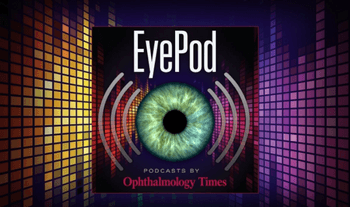

The Glaucoma Symposium offers ophthalmology and optometry professionals an opportunity to sharpen their knowledge about glaucoma.
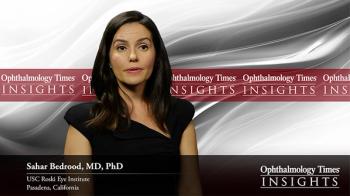
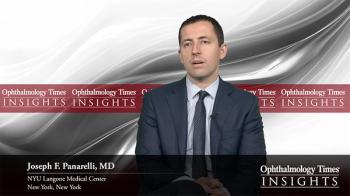

Marijuana, a non-traditional therapy for most medical problems, may have a bright future in glaucoma treatment based on its mechanism of action in the eye.

Patients with glaucoma have a three to four times greater risk of falling, which exceeds the risks associated with age-related macular degeneration, cataract, or diabetes. Here are some steps clinicians can share with their patients to help reduce falls.
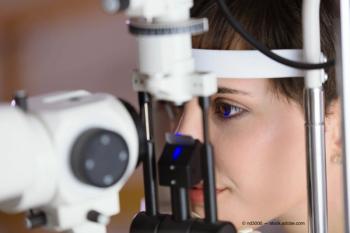
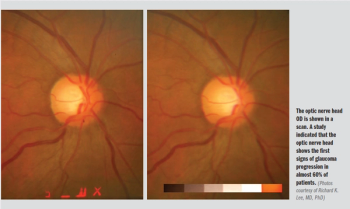
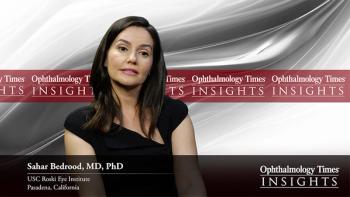
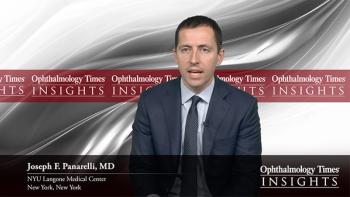




















































.png)


